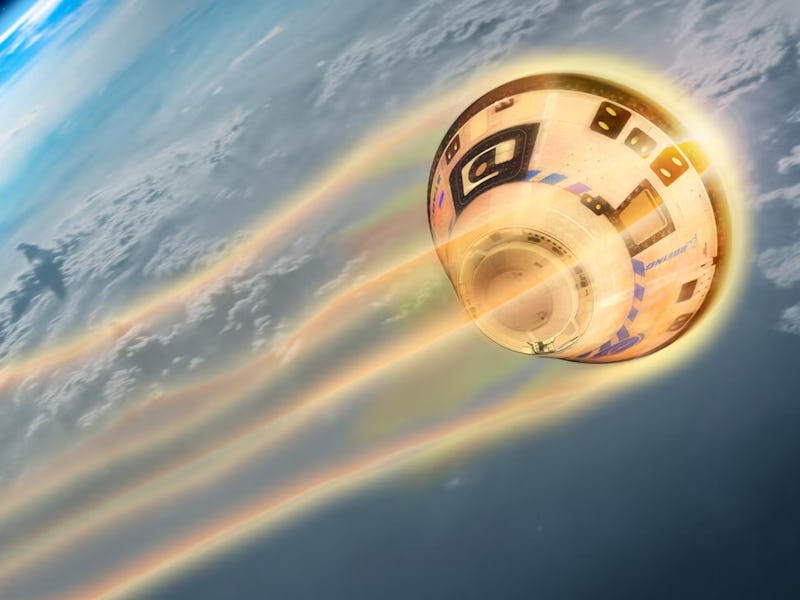Inside the Tense Decision Between NASA and Boeing to Send Starliner Home Alone
“The teams were very split," one senior NASA official said Wednesday.

Tension erupted between NASA and Boeing officials when the decision had to be made over whether or not the Starliner spacecraft would come home with its two astronauts, officials revealed in a press conference on Wednesday.
During the last meeting NASA and Boeing held to discuss technical data, which occurred last month, the conversation about a crewed versus uncrewed return got uncomfortable, Steve Stich, manager for NASA’s Commercial Crew program, confirmed at a press conference with reporters Wednesday afternoon alongside two other NASA officials.
“Anytime you’re in a meeting of this magnitude, where there’s this kind of decision, there is some tension in the room,” Stich said. “The teams were very split.”
Starliner launched into space on June 5, 2024, from Cape Canaveral, Florida.
Starliner’s current status
NASA announced on August 24 that Starliner will return uncrewed. This decision took many weeks to make. Starliner is now scheduled to undock this Friday at the earliest. If weather conditions over the Rocky Mountains are unfavorable for a landing in the U.S. Southwest, they’ll try again four days later.
The Starliner saga began on June 5, when NASA astronauts Butch Wilmore and Suni Williams rode Starliner to the International Space Station (ISS). The initial plan called for the duo to take Starliner back to Earth once their eight-day Crew Flight Test mission came to an end.
But within a day of launching, Starliner leaked helium and five of its thrusters failed off. Four thrusters have since been recovered. Analysis shows there’s enough helium for a return trip. But the margins for error, which NASA and Boeing worked to understand over weeks and months through a series of space and ground-based testing, are too risky for several members of the teams. And they polled no-go for a crewed return.
What was the tension about?
“Boeing believed in the model that they had created that tried to predict thruster degradation for the rest of the flight,” Stich said. “I would say the NASA team looked at the model and saw some limitations.”
The tension came down to whether or not NASA had confidence in Starliner’s thruster performance, and how much officials could predict their performance once Starliner would undock from the ISS and begin a series of de-orbit burns, he added.
“The NASA team, due to the uncertainty in the modeling, could not get comfortable with that. I wouldn’t say it was a yelling, screaming kind of meeting. It was a tense technical discussion where we had both sides listening intently to all the data.”
But the burden of shouldering safety decisions for NASA astronauts ultimately falls on the space agency, not Boeing, NASA’s ISS program manager Dana Weigel said at the press conference.
“From a Boeing standpoint, they certainly know their spacecraft. They're analyzing risks, and what they think the capability is with the Starliner vehicle. But Boeing is not in a position, and it would be unfair of them to ask, to weigh into a risk versus risk trade for this scenario that NASA was weighing, which was bringing them home in the Starliner crewed, or coming up with an alternate plan,” Weigel told reporters on Wednesday.
Boeing did ultimately acknowledge this decision was NASA’s to make, she added.
How will Wilmore and Williams come home?
Once SpaceX launches its ninth ISS crew rotational mission for NASA’s Commercial Crew Program, which could happen as early as September 24, the clock begins a half-year countdown for Wilmore and Williams.
This mission, called Crew-9, is a long-duration spaceflight. Wilmore and Williams will come back to Earth once Crew-9 wraps up its six-month-long mission. The SpaceX Dragon vehicle for Crew-9 won’t bring them home until late February 2025 at the earliest.